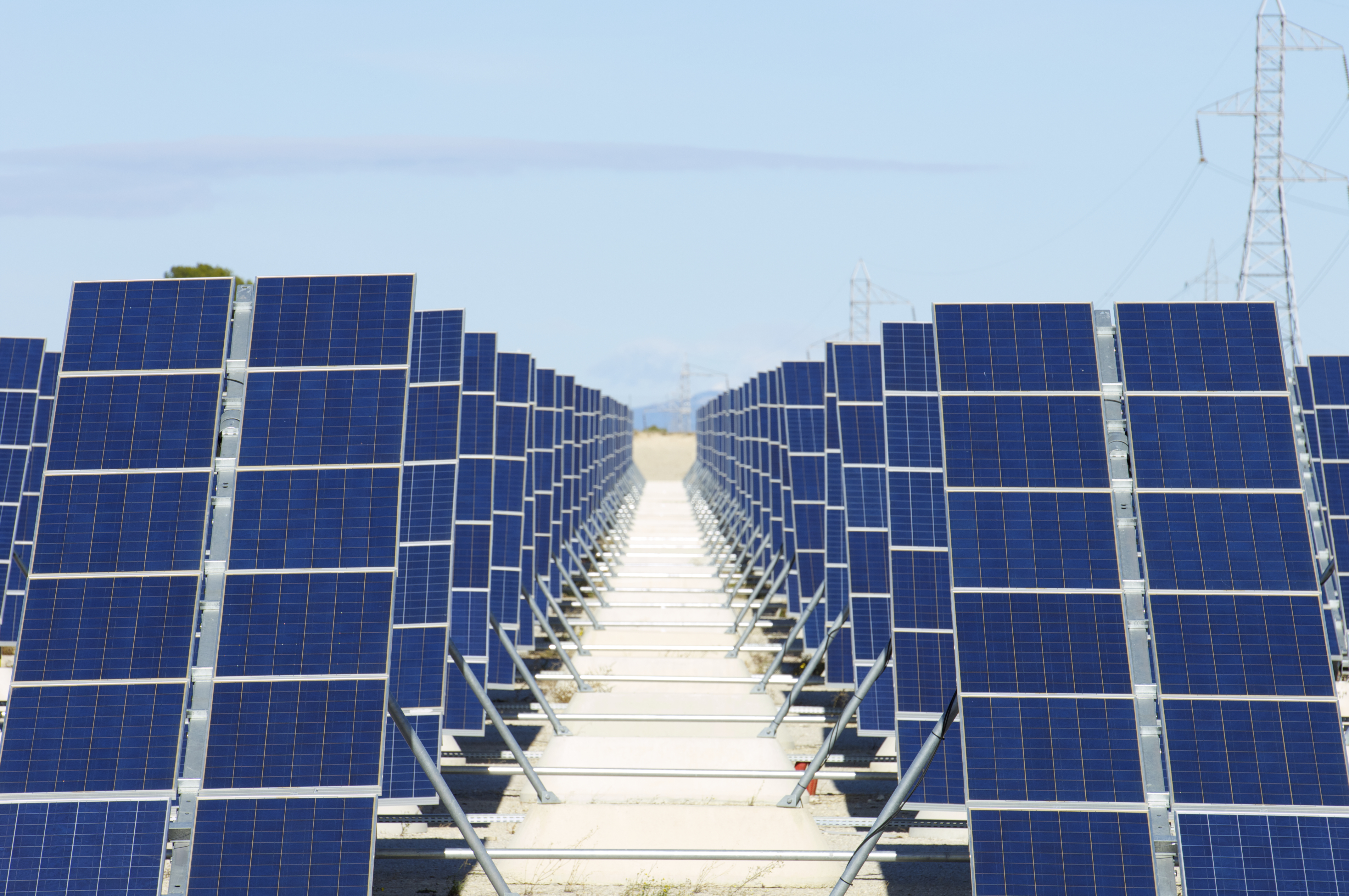Almost a decade ago, I was part of a group that lost a standby rate case with a Massachusetts utility, when the utility convinced the commission to approve a rate that would incentivize solar at the expense of combined heat and power (CHP). The package fractured the green coalition we’d assembled and the utility got to greenwash its terrible new rate. Yes, I’m still bitter.
When the dust settled, I told friends on the solar side of our group that they shouldn’t celebrate too hard. The message wasn’t that utilities liked solar, but that they liked technologies that didn’t eat into their sales. (At the time, there was 80 gigawatts of CHP deployed nationwide; solar capacity was basically zero.)
With the release this Edison Electric Institute (EEI) report, it appears solar’s time may have come. The gist of the report (nicely summarized here and here) is that distributed energy resources generally, and solar specifically, are eating into utility profit margins and potentially compromising their ability to attract capital. Utilities should take action to stop it. Specifically, note these passages:
[Utilities should encourage] an immediate focus on revising state and federal policies that do not align the interests of customers and investors, particularly revising utility tariff structures in order to eliminate cross subsidies (by non-DER participants) and utility investor cost-recovery uncertainties.
… utilities and financial managers of investments have a fiduciary responsibility to protect the value of invested capital. Prompt action to mitigate lost revenue, while protecting customers from cross-subsidization better aligns the interests of customers and investors.
The first of these paragraphs is aimed at utility government-affairs departments. The second is aimed at regulators. They both carry the same message: the interests of utility investors and customers are misaligned thanks to all these pro-efficiency, pro-renewable policies, and we better change course.
The cleantech community should assume that this means a broader roll-out of the standby rates* that have been put to use so effectively over the past 30 years to slow the spread of CHP.
What are standby rates?
The costs associated with running an electric utility are dominated by large, fixed expenses that are invariant with sales: labor, maintenance, insurance, and — most significantly — capital recovery. If customers pay for power solely on the basis of variable rates (e.g. $/MWh of use), utilities could face significant under-collection and therefore falling returns on capital. However, the inverse is also true — if MWh sales rise, utilities generally see rising returns on equity from the same rate classification. For this reason, the ideal rate (from a utility investor perspective) is one that charges a high price on a marginal increase in sales, but allows a comparatively smaller loss in the event of a marginal reduction. A standby rate is basically a tool designed to deliver that outcome.
An example may be helpful. Suppose a utility has $1 million of fixed costs in a year and $1 million of variable costs. Against this base, suppose that their most recent rate case sets rates at $80/MWh on 27,500 MWh of annual sales. This yields $2.2 million in revenue on $2 million of expenses, or $200,000 of profit (9.1 percent of revenue).
If this utility’s sales were to fall by 10 percent, they would earn $1.98 million in revenue, but incur $1.9 million in expense, leaving just $80,000 of profit (4.0 percent). By contrast, if their sales rose by 10 percent, they would earn $2.42 million in revenue against $2.1 million in expense, leaving profits of $320,000 (13.2 percent). It should be pretty clear why utilities fear load loss.
This isn’t unique to utilities though — the basic math is true for any business with fixed expenses and variable revenues — and it’s not necessarily bad. Indeed, it works to the benefit of any growing business. For example, car dealers don’t require you to pay them for holding inventory whether you buy a car from them or not, even though they must absorb that cost if you don’t buy their product. (And even utility executives prefer to buy cars from dealers who are desperate to move their inventory as the result of this “flawed” pricing model.)
This is important because there is nothing inherently wrong with utilities trying to protect their downside risk — except for the fact that their monopoly control over the “last mile” removes the competitive discipline that might other penalize particularly egregious design. A car dealer who asked you to pay them $1,000/month for the privilege of maybe buying a car from them in the future would not last long, but a utility who profers the same rate — with the approval of their regulator — is effectively unchecked. This is the ultimate problem that has slowed the deployment of CHP in the U.S.
So how do the rates work? There are a lot of variants, but generically, they break electricity charges into a $/MWh payment and a $/MW payment, with the latter set to your peak demand over the prior year plus the nameplate of your onsite power plant. If your load goes up, you pay more in $/MW charges, but if your CHP plant permanently reduces your MW use, you still pay for the MW you’re not using. The net result is that the utility gets the financial upside of rising sales but puts a floor on the downside if sales fall. Heads I win, tails you lose.
There is a very close analogy here to banking regulation, in that both give executives the ability to make one-way bets, with society bearing all the downside risk. With respect to utilities, this means that a utility need not focus on making a competitive product: never mind the value proposition, just grow the sales volume. It also makes electric utilities perhaps the biggest institutional barrier to energy conservation. (Also like banking regulation, the public conversation places proportionally too much blame on the regulated entity and proportionally too little on the enabling regulator.)
Moving from CHP to EE and solar
Thus far, those utilities who have managed to get standby rates approved have done so primarily in order to thwart CHP deployment. That’s partly because it’s the gorilla in the unregulated room, but also because a rate that is truly designed to address fixed/variable cost recovery is politically untenable: a factory that cuts production and drops to 2 shifts/day imposes the same costs on a utility as a factory that installs CHP to produce a third of their power, but it’s hard to imagine a rate that forces the struggling factory to keep paying yesterday’s energy bill.
As such, these rates have generally focused narrowly on CHP (which is their Achilles heel, from a rate-equity perspective). This in turn has given a relative boost to non-CHP DER investments, like efficiency and solar, where the design of the rate causes their MWh savings to generate greater $/MWh savings. When you add on top of that the other EE/renewable-specific incentives (grants, tax credits, RECs, expedited interconnection, etc.) and the unsurprising result has been a preferential deployment of capital into those technologies and a rapid growth in their deployment … to a point where these technologies that utilities once could ignore are now eating into utility profits. Which brings us back to that EEI report.
So what should we assume happens next? A few thoughts.
- Solar is no longer irrelevant to utility planning. It’s grown up and has earned a seat at the big kids table. But that also means the rules are going to change, and the fights are going to get nastier. The solar industry needs to plan accordingly.
- To the extent that the utility deploys the same tools to block solar and efficiency that they’ve historically used against CHP, it should encourage greater coherence and less infighting amongst various green-energy advocacy groups — who, to date, have not earned a seat at the big-kids table that is Capitol Hill, in no small part because of their inability to form and hold coalitions.
- Finally, there is going to be a need for creativity on clean energy rate design and incentive. Utility rates are flawed, but they are designed to solve real issues. The current top-down grid regulatory model has no shortage of problems, but an anarchic bottom-up system would be worse. In that vein, regulatory tools designed to deploy low levels of technologies that are too small to matter are almost certainly not the right tools to drive technology deployment and dispatch as those technologies become economically and operationally significant.
More posts to follow on that last point.
* A semantic clarification. “Standby rates” has a precise meaning referring to a rate that charges a customer for the service that the grid is providing as a “standby provider” in the event that their existing generator trips off line and they want backup supply. However, the economic impact of standby rates to remove the economic incentives associated with energy conservation are common to a broader suite of structures including exit fees, demand ratchets and certain block pricing structures. I’ve used “standby rates” herein in this more general sense.



